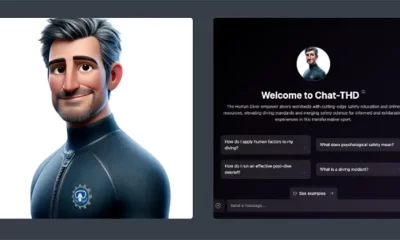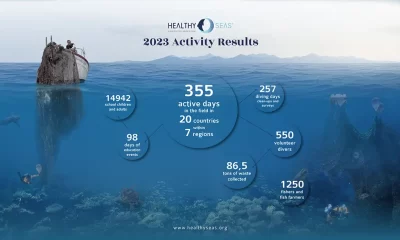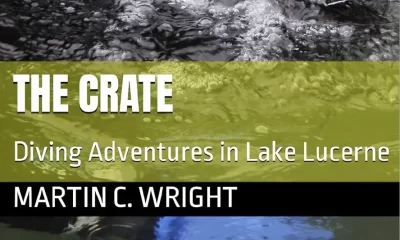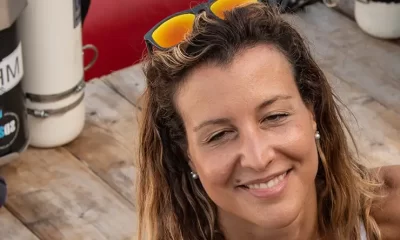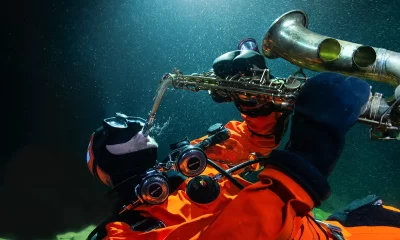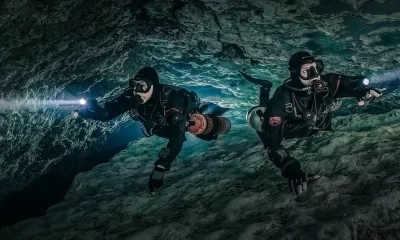Community
Finding Zen During A Pandemic: Open a New Dive Center
Who would be crazy enough to open a dive center in the midst of a global pandemic? A triumvirate of trimix-breathing GUE divers, that’s who. What is the sound of one fin back kicking?
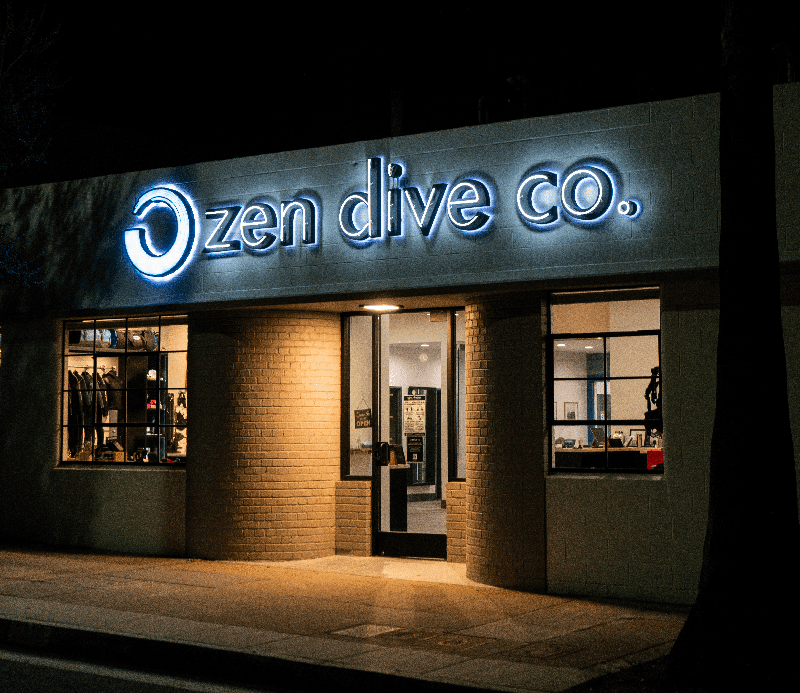
By Amanda White
Photos by zen dive co. [correctly spelled with no capitalization]
January, 2020—Zen dive co., a Pasadena, California dive center, just opened in the midst of the global pandemic. Who are these crazy people? Kian Farin, Alex Caillat, and Francesco Cameli co-opened the shop after the concept had been in the works for several years. Each of them brings a different perspective as each is part of a different generation.
Kian, in his twenties, has been working in the dive industry for five years and has been an instructor for several agencies. He is a GUE Instructor Candidate. Alex, in his thirties, is a scientific diver and has worked on Ghost fishing projects and clean ups. Francesco, in his forties, is the self declared grumpy one and brings the tekkie side of things to the team as a GUE instructor and rebreather diver.
What possessed this trimix savvy trio to open a dive center in the midst of a viral tsunami that has claimed over two million lives and has impacted nearly every industry on the planet and most certainly diving?
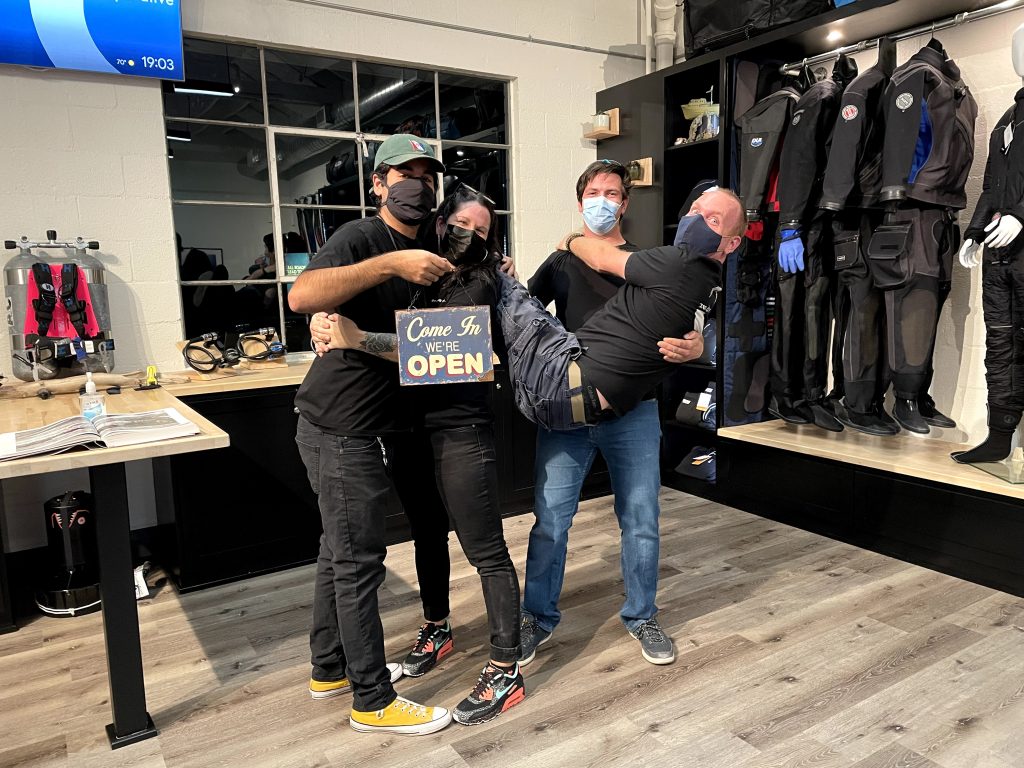
“Initially, we realized there was a bit of a slowdown with COVID but,” Farin said, “at least here in Southern California, scuba diving is one of the sports people can still practice somewhat freely, though there have been restrictions of course. Boats have smaller loads and people can’t gather in big groups, but it’s one of beautiful things. Once you’re underwater, that’s it. And it’s helping with people’s stress.”
The team of three said the pandemic has given them the time they needed to sit down and create a plan for their business, build the shop, and then also have the opportunity to fix any bumps that come up along the way without being too busy with the day-to-day operations.
So why did they choose the name Zen?
“In the craziness that’s going on at the moment in the world,” Cameli mused, “there is one place where I can picture myself where I am truly calm, at peace, and relaxed. It’s in the water. So it seems fitting.”
See a Need, Fill a Need
The three divers have set out to fulfill a need they see in the California area for an innovative dive shop that inspires and supports the community. A self proclaimed “club house” for divers, equipped with its own espresso machine.
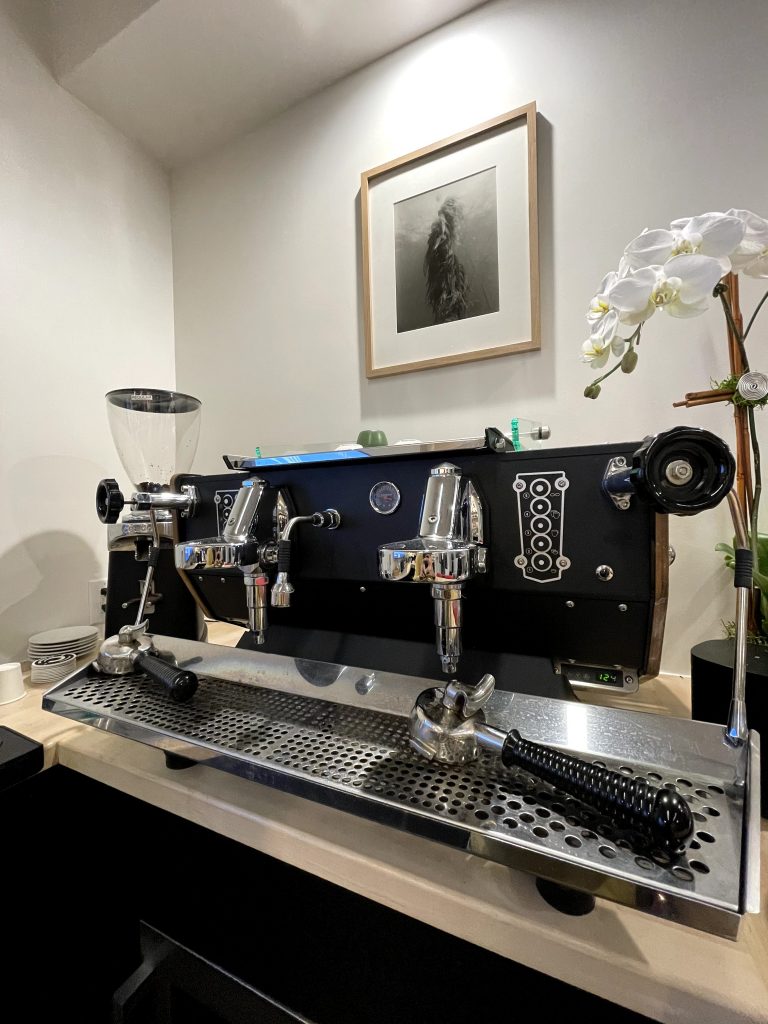
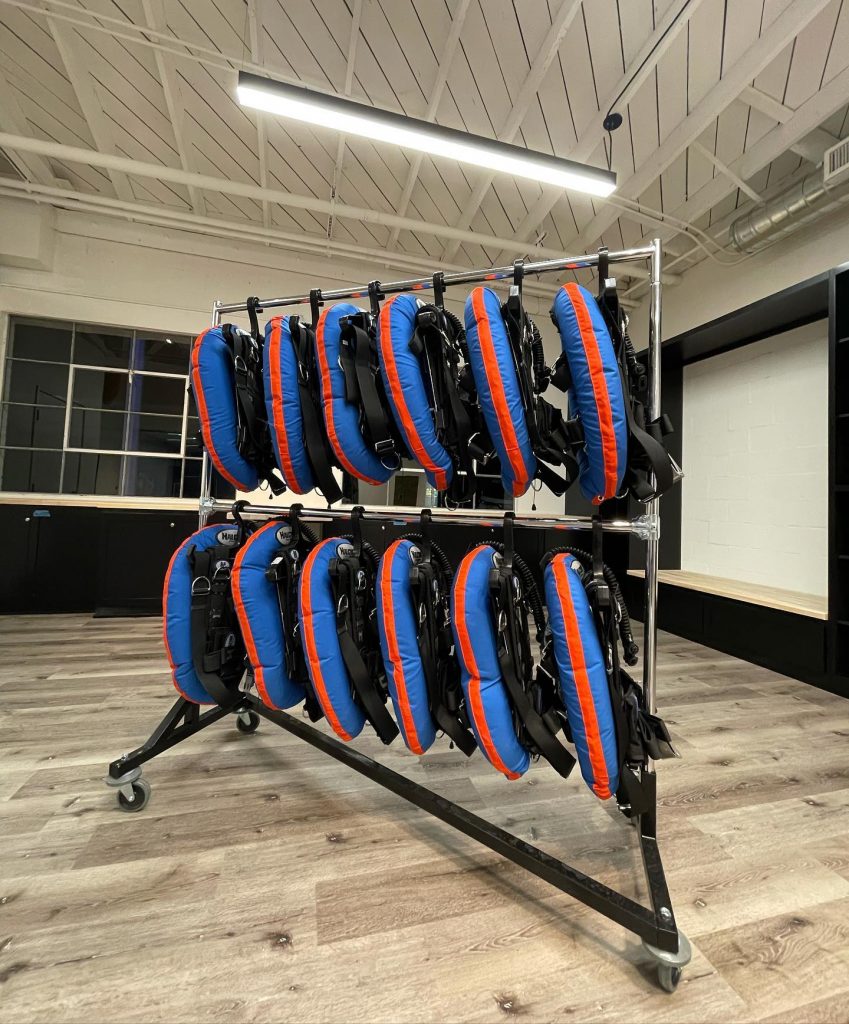
This team of hilarious and dedicated divers are trying to break all the preconceptions of dive shops and the industry. A major one is the color of their rental gear, which—GASP—has stepped outside of the black and grey scale. Their rental wings feature bright blue and orange. But also of interest, they rent only backplates and wings.
“We put a lot of thought into the experience that the diver will have at Zen,” Farin explained. “And additionally, everything in this building within these walls has had a lot of thought put into it as far as its modularity and its multiple uses. Just like our backplate systems that are very mission specific, you can put a different wing for a different dive and a different plate for a different dive, we can rearrange our entire space to accommodate anything from a West Coast GUE conference to a yoga class, to a diving course.”
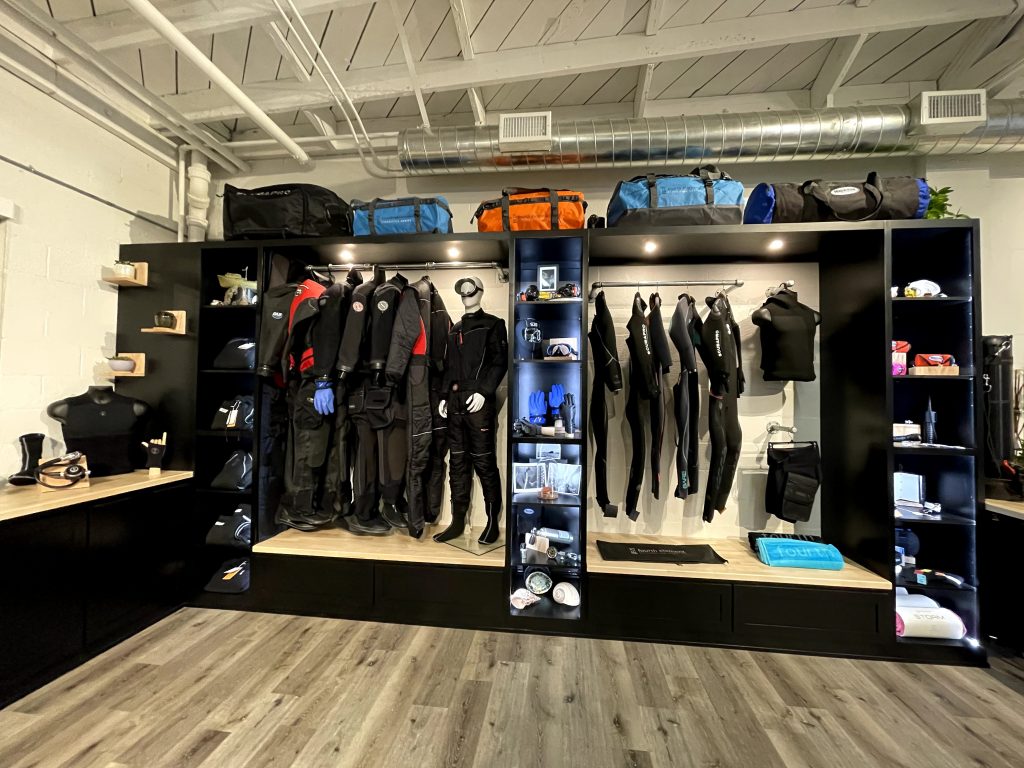
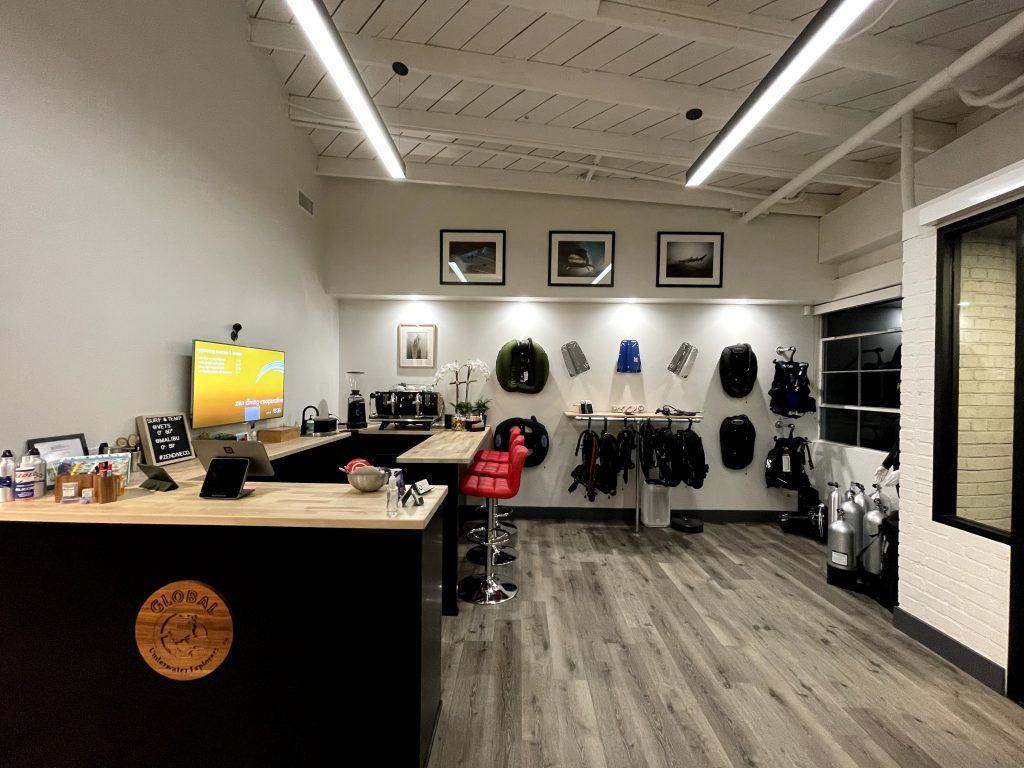
So Is Zen Really That Different?
All of their introductory courses, whether it’s through PADI, NAUI, or GUE, are taught with a backplate and wing and are taught with nitrox (They only breathe air at the surface.). The courses, regardless of the agency, are taught to the shop’s standards. But what is the most interesting is their approach to instructors. Anyone is welcome to teach there, but they must meet the shop’s standards, not only for teaching and watermanship skills, but also in being stewards for the environment. Like GUE, all of their instructors will go through requalifications to teach at Zen.
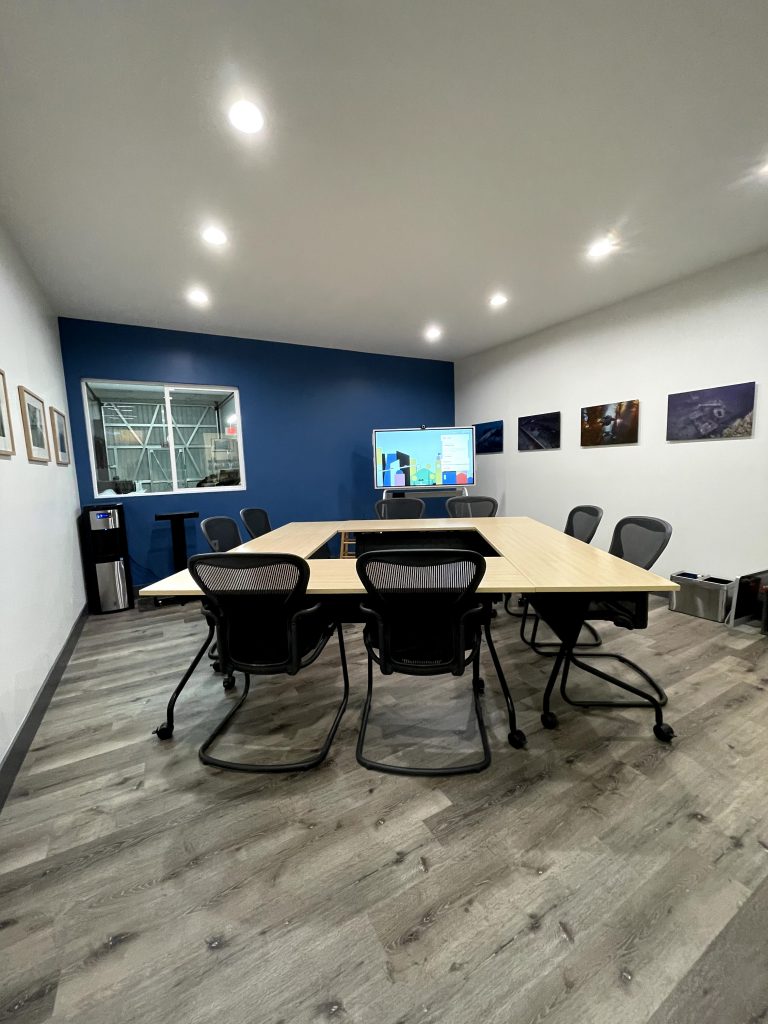
“It’s not just what material is the agency teaching, it’s does the instructor fit what we are trying to do with diving here,” Caillat said. “It’s not just, is this person teaching proper trim, but it’s are they also being stewards of the environment? Are they teaching good ethics? So anybody can teach with us, as long as they meet our quality standards.”
The shop has also brought in distance learning to accommodate for COVID-19. Their classroom has state of the art technology that allows students to video conference with their instructor and a virtual black board.
Along with their approach to teaching. Zen has started a different process for gas fills that makes the life of a diver so much easier. They bank standard GUE gases, but also can blend you any mixture you would like on the spot. The coolest part, you’re paying by the cubic foot.
“It was something I drew inspiration from Extreme Exposure in Florida,” said Cameli, the gas blender. “Basically where you just back your car up, and we come and fill your tanks. You can even text me what you want. Don’t get out of your car, just pop your boot and I’ll make sure you get what you need. I can even make it on the spot, so I can just connect a hose and just fill you up and sell you the gas per cubic foot rather than, by the tank. It’s like filling up your car at the gas station.”
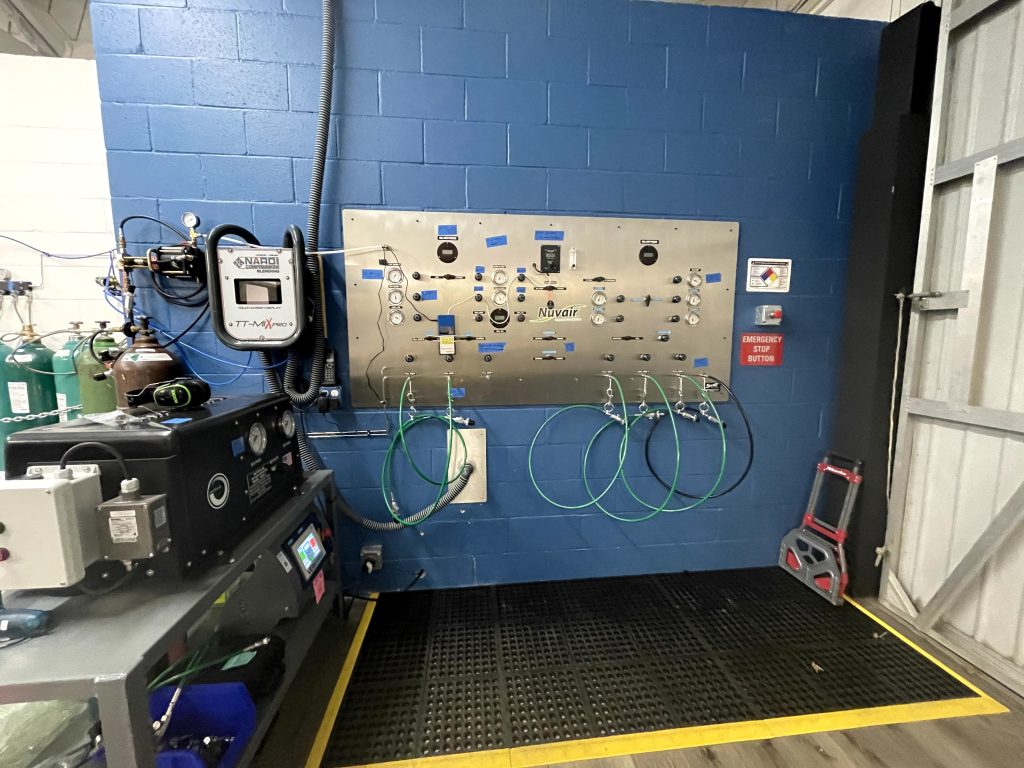
According to Cameli, designing and building Zen’s gas blending station was one of the most consuming tasks that the guys undertook to get the center up and running, that and, of course, selecting a suitably high-end espresso machine to fuel Zen’s coffee bar. Did I mention that Cameli is Italian? Ah, the diving dolce vita.
Other challenges?
According to the team, the hardest part of opening during a pandemic has been keeping everyone healthy and safe. The second hardest part has been dealing with shipping, both incoming and outgoing.
Zen is also a partner with “Malibu Scuba Repair (MSR)” owned by Karim Hamza. Zen is now open by appointment only. You can find Zen here, and make an appointment: zendive.co. Soon you will also be able to shop their online store.
Take a Walk Through Their Shop
Dive Deeper:
Follow Zen on Social: Facebook, Instagram
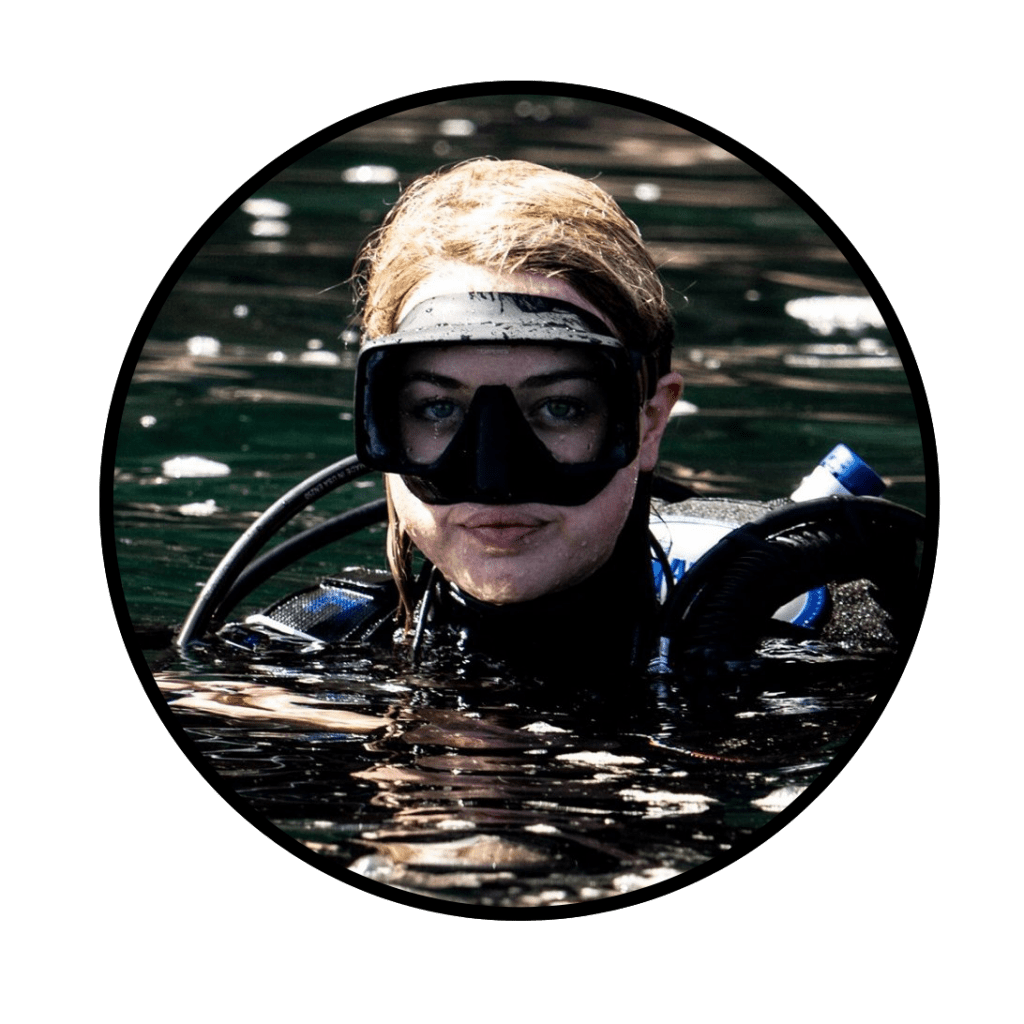
Amanda White is the managing editor for InDepth. Her main passion in life is protecting the environment. Whether that means working to minimize her own footprint or working on a broader scale to protect wildlife, the oceans, and other bodies of water. She is a GUE Recreational Level 1 Diver. Amanda was a volunteer for Project Baseline for over a year as the communications lead during Baseline Explorer missions. Now she is the Marketing Director for GUE. Amanda holds a Bachelor’s degree in Journalism, with an emphasis in Strategic Communications from the University of Nevada, Reno with a minor in creative writing.



















